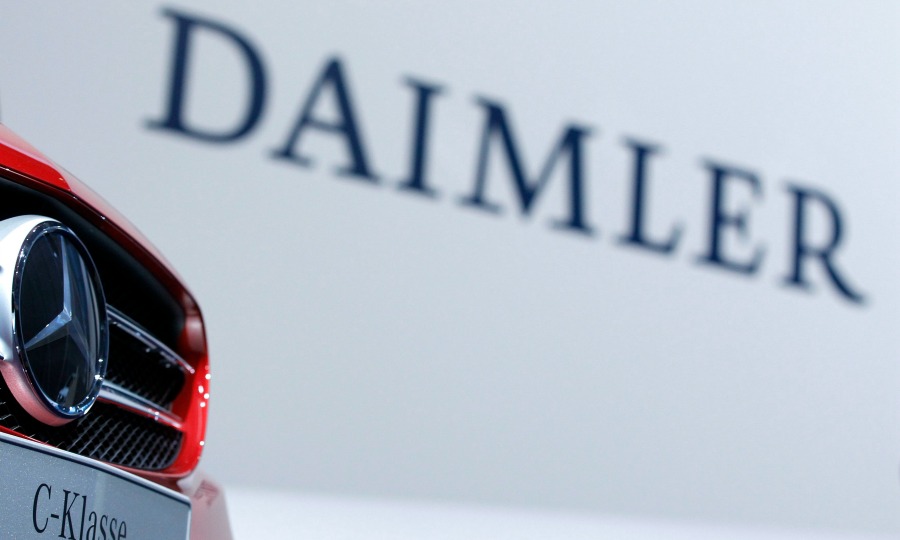Daimler’s Mercedes-Benz and U.S. tech company Nvidia has announced that they will jointly develop a powerful new computing platform for vehicles capable of supporting everything from over-the-air software updates to driverless car technology.
The partnership is the latest move by an established automaker to compete with Tesla, Google and Apple, which all aim to transform data generated during a vehicle’s operation into income by dominating the dashboard.
Mercedes will roll out the new electronics architecture based on Nvidia’s Drive computing power across all its passenger car models starting in 2024.
“By downloading new functions and upgrades from the cloud, we want to continuously bring the system up to date, thereby increasing the value of the vehicle,” Daimler CEO Ola Kallenius said on Tuesday in a joint statement with Nvidia.
“Cars of the future need the latest in computer processing not just to crunch numbers for self-driving functions, but also understand human speech commands and interact with its environment. The added capabilities also open the door to new business models based on in-car purchases of goods and services.”
“Together we aim to revolutionize ownership over the life cycle of a vehicle by allowing for its software to be continuously updateable over the air,” said Jensen Huang, founder and CEO of Nvidia.
Analysts say only software platforms that possess the last link to the driver will be able to profit in the future, sidelining hardware manufacturers including automakers if they do not control the customer relationship.
Autonomous vehicles are expected to offer automakers the best chance to turn data into revenue. The new-generation S-Class flagship sedan is expected to be the first Mercedes to be equipped with Level 3 autonomous driving for use on highways.
The upper-premium model will be available to order in Europe from September with deliveries starting in November, German press reports have said.
In February 2019, Daimler announced plans under previous CEO Dieter Zetsche to cooperate with rival BMW to develop the second-generation of Level 3 self-driving technology. The two rival premium automakers last week said the cooperation is on hold because the timing was not right.
A source at Daimler said the BMW cooperation would have meant Mercedes would not be able to use the technology as quickly as it should be able to now with Nvidia.
READ ALSO: World Bank approves $750M for Nigeria’s power sector
The new Mercedes Level 2 and Level 3 systems will incorporate Nvidia’s Orin, a system-on-a-chip that contains 17 billion transistors, microscopic switches that are akin to neurons in a human brain.
Orin achieves nearly seven times the computing performance of the current Xavier, which Volvo Cars will integrate into its vehicles for use in driver assistance systems.
“Nvidia’s artificial intelligence computing architecture should help us further accelerate our path to autonomous driving,” Kallenius said.
The Mercedes system will launch two years after Volkswagen Group’s new operating system. VW last week said its new car software unit established in January would move into operational mode starting next month, with its automotive cloud computing system developed with Microsoft nearly in place.













